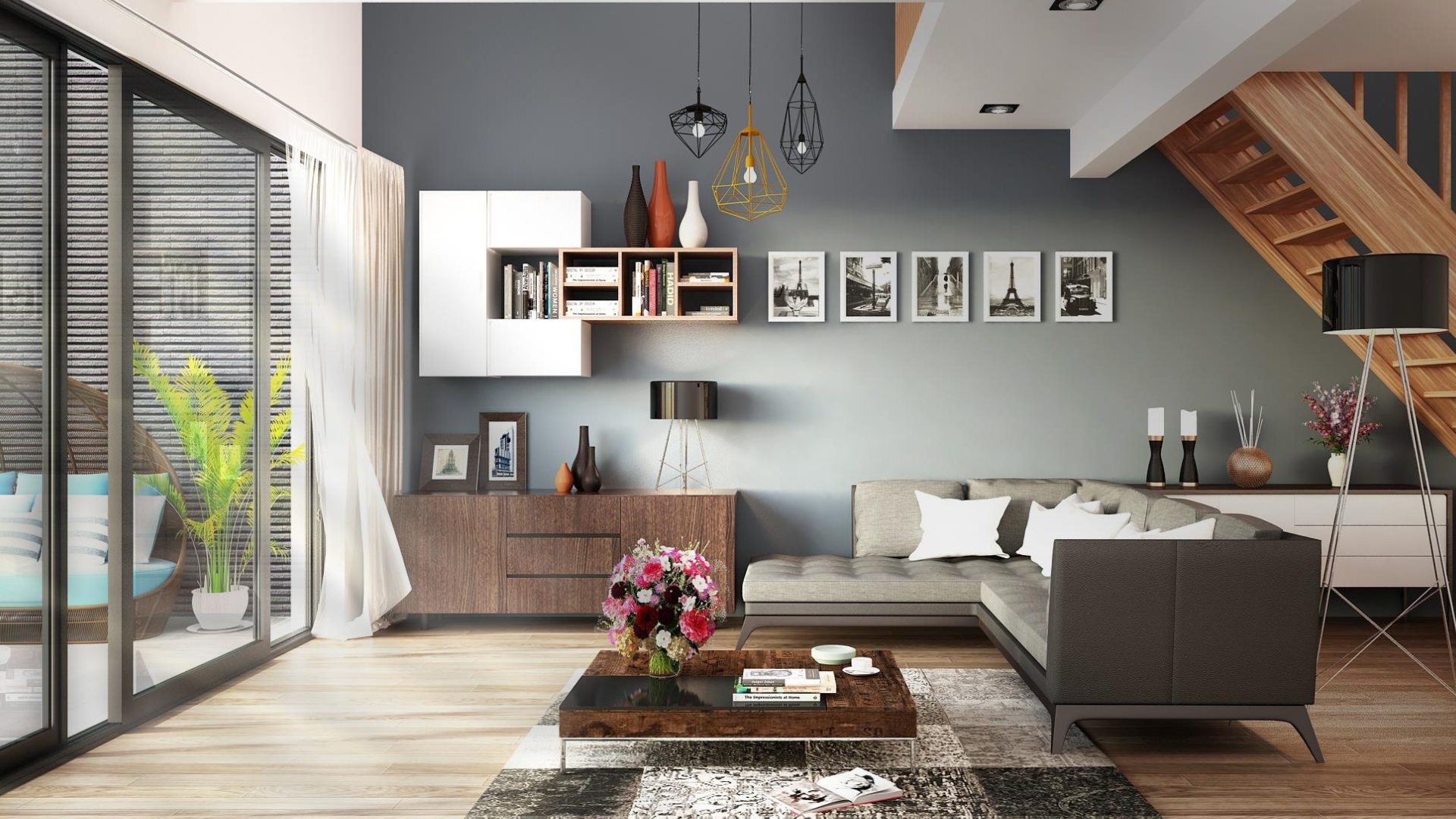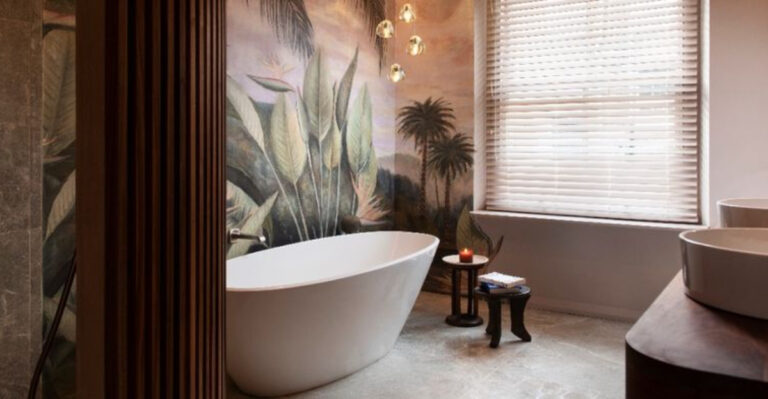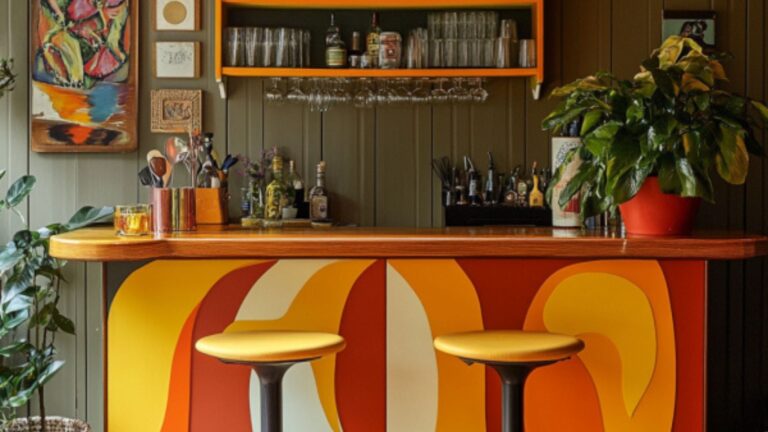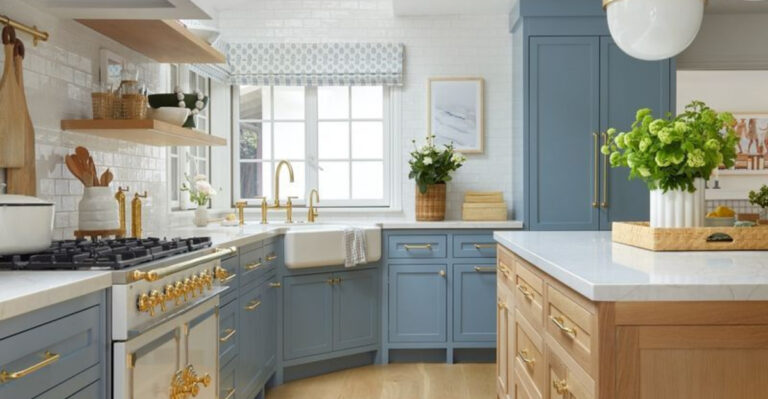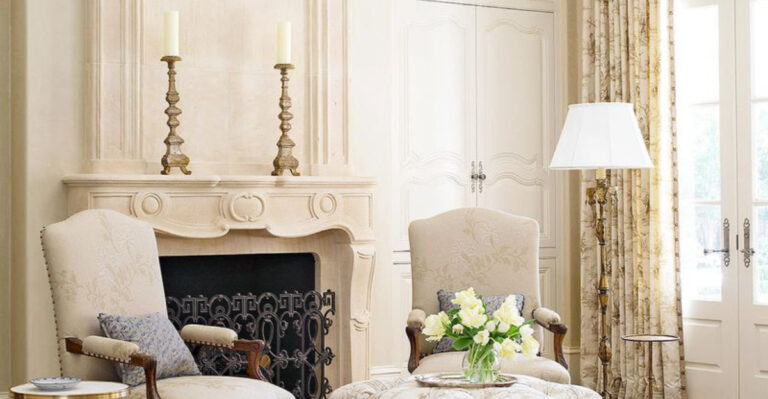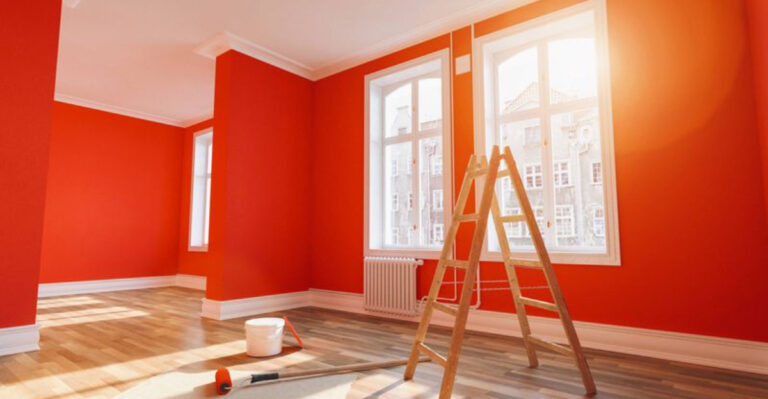10 Architectural Features To Look For (And 7 Features To Skip)
Ever walked into a house and immediately thought, Yep, I’ve made it? That’s the power of great architecture!
I still remember nearly tripping over my own jaw when I first saw a home with double-height ceilings and a staircase that looked straight out of a movie. But not all features are worth the hype.
I’m diving into must-have architectural features that scream wow and some you might want to skip unless you’re into maze-like hallways and ceiling fans from 1993.
1. High Ceilings
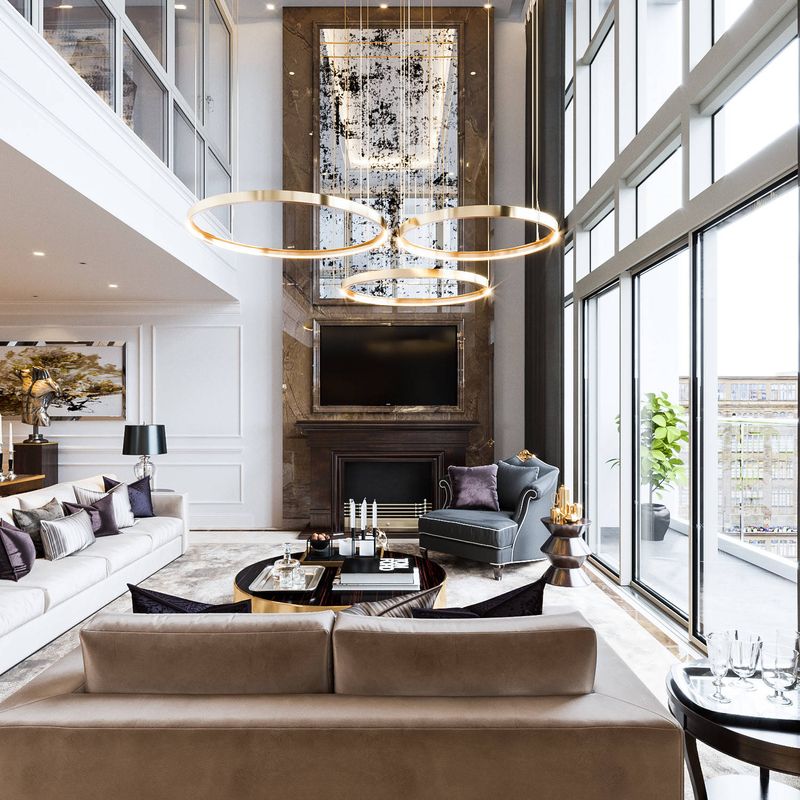
There’s something magical about entering a room that seems to extend towards the sky. The feeling of openness and grandeur is unmatched.
High ceilings add a sense of spaciousness which makes any room feel larger than life. In older homes, they’re often accompanied by intricate moldings which add charm and character.
In modern spaces, they provide a clean and minimalist look which is highly sought after. Not only do they enhance the aesthetic appeal of a space, but they also improve air circulation which creates a more comfortable atmosphere.
2. Grand Staircases

The journey upstairs doesn’t have to be ordinary. A grand staircase can make all the difference in a home.
With sweeping rails and exquisite detailing, it’s a focal point that draws the eye and captures the imagination.
These staircases often serve as the perfect backdrop for dramatic entrances during special occasions. Their elegance can elevate the entire look of a house.
3. Expansive Windows

Natural light is the ultimate mood enhancer. Expansive windows invite the outdoors inside by providing unobstructed views of the surrounding landscape.
They create a seamless connection between the interior and exterior spaces which is both visually pleasing and practical.
The abundance of natural light they allow can improve your mood and reduce the need for artificial lighting during the day.
4. Ornate Molding
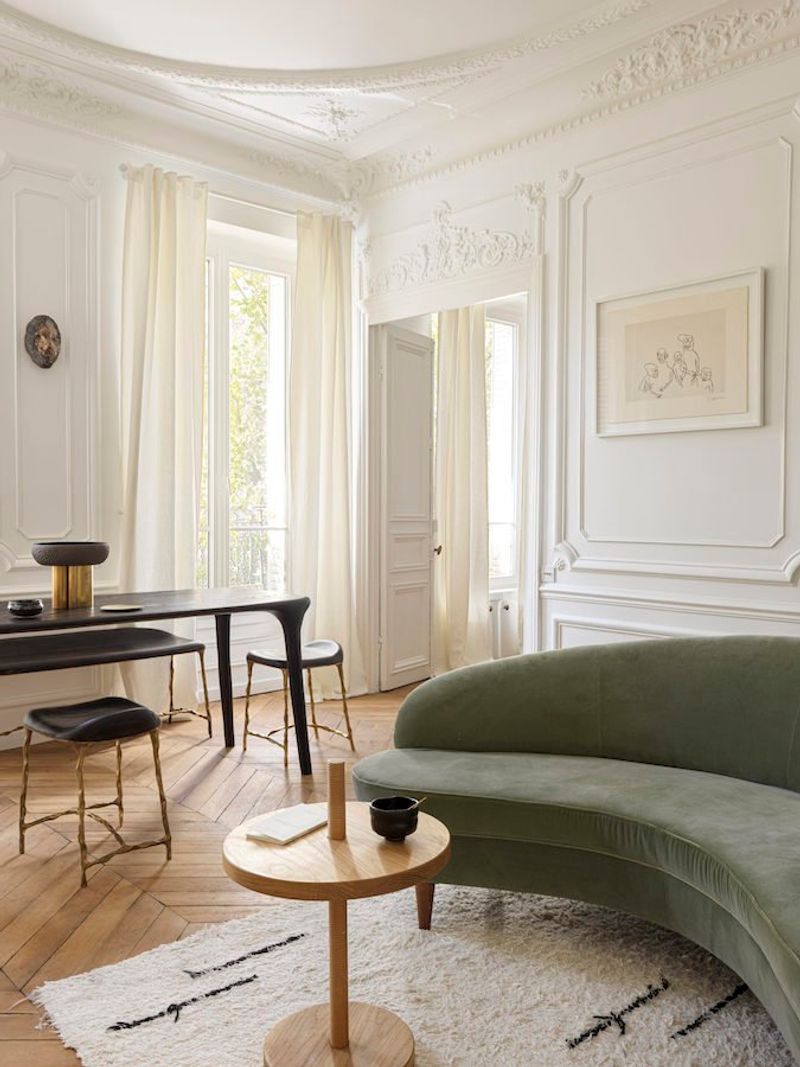
Details matter more than you might think. Ornate moldings can turn a plain space into an elegant one by framing the walls and ceilings with intricate patterns and designs.
This decorative trim has its roots in classical architecture, where it was often used to display wealth and status. Today, it remains a popular choice for those looking to add historical charm or architectural interest.
Whether painted in a contrasting color or left in its natural wood finish, ornate molding draws the eye and adds depth to your interiors.
5. Marble Flooring
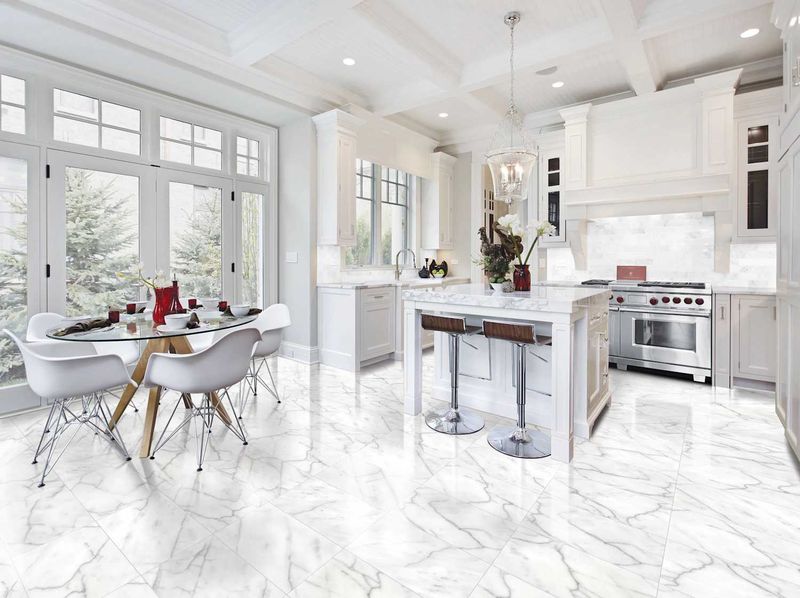
Walking on clouds might feel like this. Marble flooring brings a sense of luxury and opulence to any setting. Known for its durability and timeless beauty, marble is a favored choice for high-traffic areas.
Its natural veining and colors create unique patterns that add visual interest. Installing marble floors can increase a property’s value due to their association with prestige.
While they can be a bit cold underfoot, adding rugs or underfloor heating can mitigate this issue. Marble is a statement of elegance and durability that stands the test of time.
6. Oversized Doors

Bigger might actually be better here. Oversized doors make a bold statement and set the stage for what’s beyond.
They convey a sense of importance and grandeur which is ideal for both homes and commercial buildings. These doors can be crafted from various materials like wood, glass, or metal, each offering a distinct look and feel.
Their size allows for easier movement of large furniture pieces and can enhance the flow of foot traffic.
7. Arched Doorways

Curves have a charm all their own. Arched doorways add a touch of romance and old-world charm to any space. Their graceful contours soften the lines of a room and create a welcoming transition between areas.
Often found in Mediterranean or Spanish-style homes, they’re a nod to historical design while remaining versatile enough to blend with contemporary decor.
Arched doorways can be left open to allow for easy flow or fitted with doors for privacy.
8. Open Floor Plans

Space to breathe and move. Open floor plans have become a staple in modern architecture which fosters a sense of togetherness and connectivity.
By removing walls that traditionally separate rooms, these plans create a larger communal space that encourages interaction.
Natural light can travel freely throughout the space, creating a warm and inviting atmosphere. It’s a design that embraces flexibility, allowing homeowners to tailor their space to suit their needs.
9. Double-Height Living Rooms

Elevate your living space in more ways than one. Double-height living rooms bring an extraordinary sense of scale and openness to a home.
They create an airy ambiance that enhances the flow of natural light and provides stunning views of the outdoors. This architectural feature can make any living area feel more expansive and luxurious.
It’s an ideal setting for dramatic lighting fixtures like chandeliers or pendant lights that can hang from the ceiling without feeling overwhelming.
10. Custom Lighting Fixtures

Let there be light, and let it be unique. Custom lighting fixtures can transform a room from ordinary to extraordinary.
They offer an opportunity to personalize your space with designs that reflect your taste and style. From intricate chandeliers to modern pendant lights, the options are endless.
Whether you prefer a minimalist look or something more ornate, there’s a fixture that can illuminate your space in new and exciting ways.
11. Low Ceilings
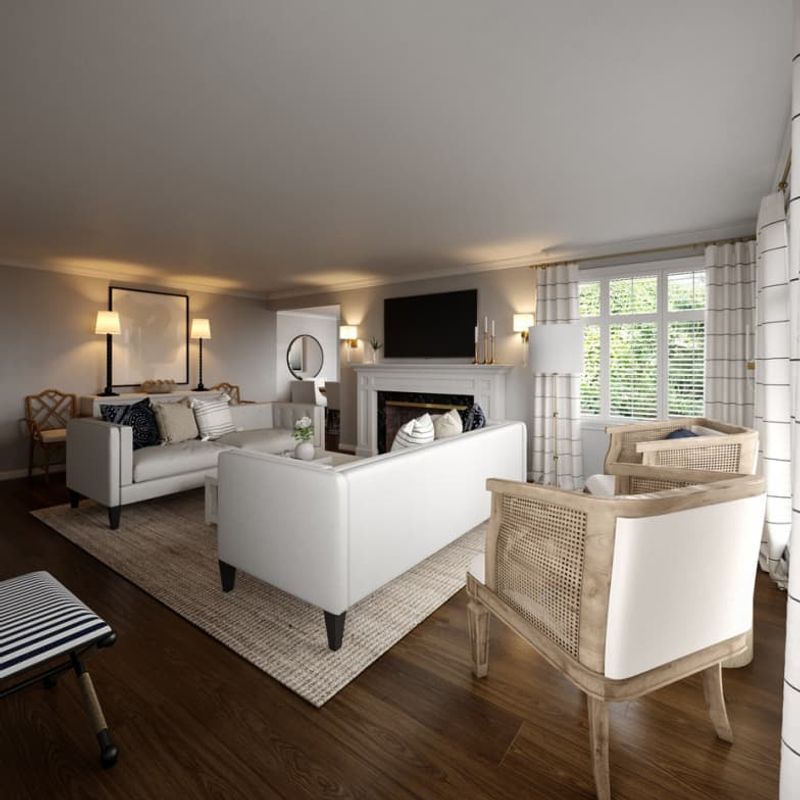
Feeling a bit too close for comfort? Low ceilings can make a room feel cramped and less inviting. They limit the amount of vertical space, which can affect the overall ambiance of a room.
In terms of design, they can restrict your choice of lighting fixtures like chandeliers or pendant lights. Low ceilings can also impact airflow, making a room feel stuffy.
While some design tricks can create the illusion of height, low ceilings are generally best avoided if you want a spacious and airy environment.
12. Excessive Wall Dividers
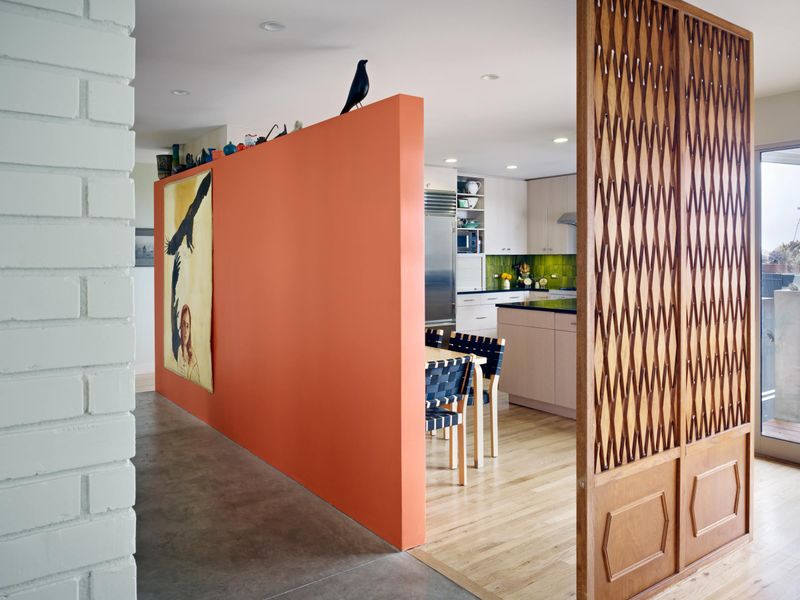
Too many walls can create a maze rather than a home. Excessive wall dividers cut up a space into smaller, confined areas which can disrupt the flow and make a home feel disjointed.
They can limit natural light and create a sense of claustrophobia. Instead of adding more walls, consider using furniture or decorative screens to define areas without closing them off.
Open spaces promote interaction and communication which is especially important in family homes. Reducing unnecessary dividers can transform a cramped space into one that feels open and inviting.
13. Outdated Faux Finishes

The charm of yesteryears might not be your style. Outdated faux finishes can make a room feel stuck in the past.
Once popular for their ability to mimic natural materials like stone or wood, these finishes often fall out of favor as trends change. They can make a space look less authentic and more artificial.
Updating these surfaces with modern materials or fresh paint can enhance the overall look of a room. By avoiding outdated faux finishes, you can create a space that feels current and genuine.
14. Small, Closed-Off Rooms

The cozy corner isn’t always the best choice. Small, closed-off rooms can make a home feel fragmented and less functional. T
hey restrict movement and can result in wasted space that doesn’t serve any particular purpose. In contrast, open and connected spaces promote a sense of unity and versatility.
If you find yourself with small, isolated rooms, consider knocking down walls or widening doorways to create a more cohesive layout.
15. Cluttered Entrances

First impressions matter, even in architecture. A cluttered entrance can set the tone for the rest of the house in a less-than-desirable way.
Overcrowded with furniture and decor, it can feel overwhelming rather than inviting. A clean and open foyer welcomes guests and provides a preview of the style and atmosphere of the home.
Consider using built-in storage or minimalist decor to keep the entrance tidy and functional. A thoughtfully designed entrance can enhance the overall flow and feel of a home.
16. Poorly Planned Layouts

Navigating through a home shouldn’t feel like a puzzle. Poorly planned layouts can lead to awkward room placements and inefficient use of space.
They can disrupt the flow and create areas that are difficult to use or decorate. A well-thought-out layout takes into consideration the lifestyle and needs of the inhabitants.
Whether you’re designing a new home or renovating an existing one, careful planning can make all the difference.
17. Overly Complex Rooflines

Keeping it simple can be the best approach. Overly complex rooflines can make a house look cluttered and confused.
While they might add interest, they often come with higher construction costs and maintenance challenges. Simple rooflines offer a clean and cohesive look, providing a unified silhouette that’s pleasing to the eye.
They also tend to be more durable and energy-efficient. When designing a home, consider the balance between aesthetics and practicality.

